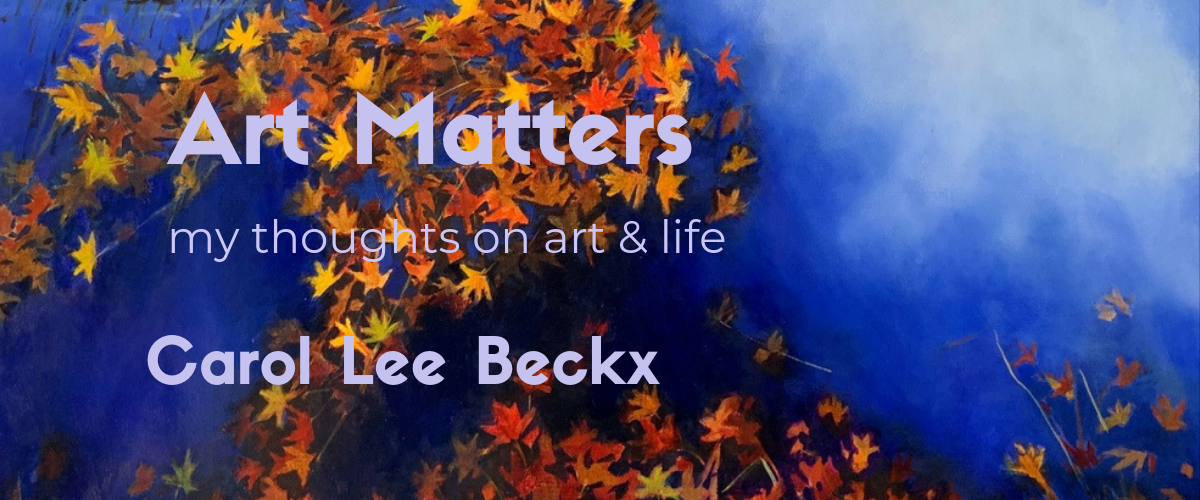Every now and then you experience something that stops you in your tracks. You think - is this happening to me? - it can’t be - this could be it…
Two weeks ago I had a severe, crushing pain in my chest. It felt as though there was a really heavy weight pressing down on my breastbone. Unrelenting, intense pain. I was having a heart attack but I didn’t know it.
Will you recognise your heart attack?
Two weeks ago…
I need to confess that the pain on Thursday afternoon wasn’t the first. I had experienced the crushing pain on both Tuesday and Wednesday evenings. On both occasions the pain went away so I carried on as normal. The sensible thing to do when I had the first severe chest pain would have been to phone 000. But because we don’t want to face up to reality/make a fuss/cause trouble/are human we ignore these warning signs.
Thank goodness I came to my senses on Thursday and phoned 000. The ambulance arrived, hooked me up to the ECG machine, gave me an aspirin, and a spray under my tongue. A cannula was inserted into my hand so they could administer a pain killer which was very welcome!
The paramedics were so efficient and caring as we drove to the emergency department at Prince Charles Hospital in Brisbane. We waited for a short time outside the ED, all the while the paramedics checked that my pain level was manageable.
The Emergency Room
Once inside, everything seemed to move at warp speed. I was having a bit of trouble breathing.
Someone said “let’s move her to the resuscitation ward”
Another person said “No beds”
The Cardiac doctor: “We are going to do an Angiogram here and then a stent if needed.”
I was moved on to the treatment table.
There seemed to be a dozen people in the ward, each doing their part in organising the upcoming procedure. All the while, the cardiologist was explaining exactly what they planned to do.
Overwhelming and confronting...
“We will try to go into the artery in your wrist so we can use a dye to show up the arteries and to see if any are blocked. If there’s a blockage we will insert a stent to open up the blood vessel.”
And that’s what they did.
My wrist was strapped down so it wouldn’t move during the procedure, and painted with pink antiseptic lotion.
There was a huge screen - the size of the biggest most extravagant flat screen TV - it showed large images of my heart and blood vessels . I watched the whole time as the probe moved in through the arteries towards my heart. Then I saw the stent being inserted.
Once it was over, my doctor showed me before and after photographs of the problem artery. In the “before” photo, the ink dye was visible for just a short distance. The rest of the artery was so blocked that it was invisible. The “after” photo showed the entire length of the now working blood vessel.
The blockage was in the LAD artery, the Lateral Anterior Descending artery often called The Widow Maker. Fortunately for me the other arteries were not blocked. They are not in pristine condition but are not blocked.
A very firm plastic strap was wound around my wrist to put pressure on what was now essentially a hole in my artery, and to stop any bleeding. I was moved to the Cardiac Care Unit. All the while I had been attached to an ECG machine and blood pressure monitor. These remained in place the whole time I was in hospital. The fixed unit was replaced by a portable telemetry unit the following day so I could move around a little.
Recovery
Three days later I was moved to the General Cardiac ward, and was discharged five days after being admitted.
Now I feel so much better than I did two weeks ago and have started some gentle exercise.
I am really fortunate that I had a chance to face reality, to call for help and to receive excellent medical care. I have to come to terms with daily medication and ongoing lifestyle changes.
The big bonus is that I am here to tell my story.
Some thoughts
- Do not disregard the warning signs - these not always dramatic - the symptoms can be vague and hard to explain.
- Take action immediately - rather go to the Emergency Department and be told “You are fine, it’s a false alarm”. If you wait it may be too late.
NOTE: photographs from My Heart, My Life a guide to improve heart health issued by the Heart Foundation, Australia.
